Sea freight plays an essential role in global trade, enabling the movement of large quantities of goods across vast distances at relatively low costs. For businesses importing goods from China to Colombia, sea freight is often the most viable and economical shipping method. This comprehensive guide aims to provide an in-depth look at the various aspects of sea freight from China to Colombia, including costs, timeframes, and practical tips to ensure a smooth shipping experience.
Related Article : Shipping From China TO Colombia
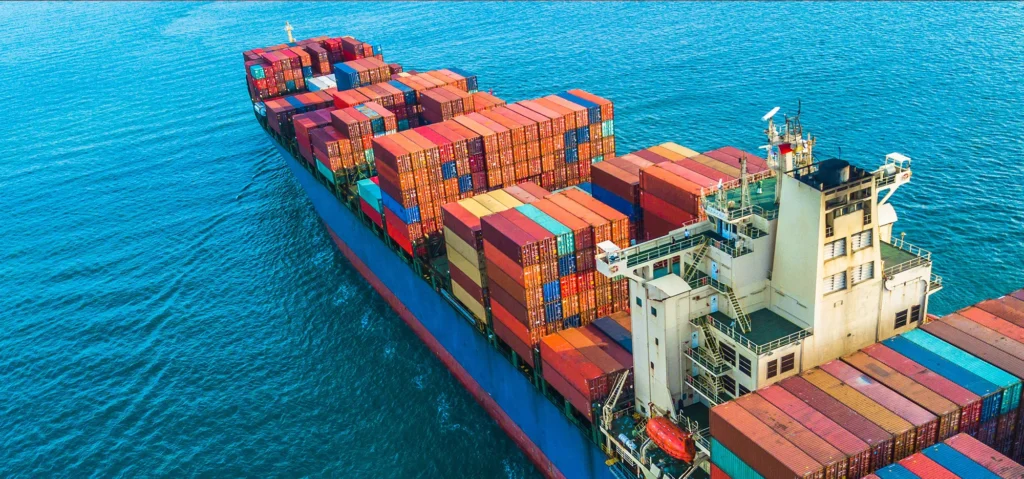
Understanding Sea Freight Costs
Shipping costs are a critical factor to consider when planning for sea freight. Several elements influence the total cost of shipping, and understanding these can help you make informed decisions and optimize your shipping budget.
Factors Influencing Sea Freight Costs
- Distance and Shipping Route:
- The distance between the port of origin and the port of destination significantly affects shipping costs. Longer routes generally incur higher costs due to increased fuel consumption and operational expenses.
- Container Type and Size:
- The type and size of the container can also impact costs. Full Container Load (FCL) and Less than a Container Load (LCL) have different pricing structures.
- Standard containers are usually 20-foot or 40-foot in size, but specialized containers (refrigerated, open-top, etc.) can incur additional charges.
- Seasonal Variations:
- Shipping costs can fluctuate based on seasonal demand. Peak times such as holidays and major trade events can lead to higher rates due to increased demand for shipping services.
- Fuel Surcharges and Port Fees:
- Fuel surcharges are additional costs added to the shipping rate to cover the fluctuating prices of fuel. Port fees, including handling and docking charges, also contribute to the overall cost.
Cost Breakdown
- Freight Rates:
- The basic charge for transporting goods from the port of origin to the port of destination. This rate varies based on the factors mentioned above.
- Additional Charges:
- Handling Fees: Charges for loading, unloading, and handling the cargo at the ports.
- Documentation Fees: Costs associated with preparing and processing necessary shipping documents.
- Customs Duties and Taxes: Applicable duties and taxes imposed by the destination country.
Understanding these costs can help you budget more effectively and negotiate better rates with your freight forwarder.
Full Container Load (FCL) vs. Less than a Container Load (LCL) Shipping
When it comes to sea freight, you have two primary options: Full Container Load (FCL) and Less than a Container Load (LCL). Each has its own set of advantages and is suitable for different types of shipments.
Full Container Load (FCL) Shipping
FCL is a shipping method where an entire container is used exclusively for one shipment. This method is ideal for large volumes of cargo and offers several advantages.
Benefits:
- Cost Efficiency: While the initial cost may be higher, FCL is more cost-effective per unit of cargo, especially for large shipments.
- Security: Since the container is exclusively used for your shipment, there is a lower risk of damage and theft.
- Faster Transit Times: FCL shipments generally have shorter transit times because they do not require consolidation and deconsolidation.
When to Choose FCL:
- When shipping large volumes of goods.
- When the shipment requires a higher level of security.
- When faster transit times are essential.
Less than a Container Load (LCL) Shipping
LCL is a method where multiple shipments are consolidated into a single container. This option is suitable for smaller shipments that do not require an entire container.
Benefits:
- Cost Sharing: The cost of the container is shared among multiple shippers, making it a cost-effective option for smaller shipments.
- Flexibility: LCL allows you to ship smaller quantities of goods without the need to wait until you have enough to fill a container.
When to Choose LCL:
- When shipping smaller volumes of goods.
- When cost-sharing is beneficial.
- When flexibility in shipping smaller quantities is required.
Cost Comparison Between FCL and LCL
To help you decide which option is best for your needs, here’s a table comparing the key factors between FCL and LCL:
| Factor | FCL | LCL |
|---|---|---|
| Cost | Higher per shipment, lower per unit | Lower per shipment, higher per unit |
| Space Utilization | Full container | Shared container |
| Transit Time | Generally faster | May take longer due to consolidation |
| Security | Higher security | Lower security |
Choosing between FCL and LCL depends on your specific shipping needs, budget, and priorities. By understanding the differences between these two options, you can make an informed decision that aligns with your business objectives. Whether you opt for FCL or LCL, partnering with a reliable freight forwarder like Dantful International Logistics can ensure a smooth and efficient shipping experience.
Dantful International Logistics Services:
- Dantful Ocean Freight Services
- Air Freight From China
- Amazon FBA Freight Forwarding
- WAREHOUSE Services
- One-Stop Customs Clearance Solution
- Cargo Insurance Services in China
- DDP Shipping Services By Dantful Logistics
- Out of Gauge Cargo Transportation Shipping Services
Sea Freight Timeframes
Understanding the timeframes involved in sea freight is crucial for planning and managing your supply chain effectively. Shipping goods from China to Colombia involves several stages, each contributing to the overall transit time.
Typical Transit Times
The typical transit times for sea freight from China to Colombia can vary based on several factors, including the specific ports involved and the shipping route chosen. On average, the shipping time between major ports in China and Colombia ranges from 30 to 45 days.
- Major Ports in China to Major Ports in Colombia:
- Shanghai to Buenaventura: Approximately 30-35 days
- Shenzhen to Cartagena: Approximately 35-40 days
- Ningbo-Zhoushan to Santa Marta: Approximately 40-45 days
These transit times are estimates and can fluctuate due to various factors, which we will discuss in the next section.
Factors Affecting Transit Times
- Weather Conditions:
- Adverse weather conditions such as typhoons, storms, and heavy winds can cause delays in shipping schedules. These conditions can affect the departure, transit, and arrival times of vessels.
- Port Congestion:
- Congestion at ports can lead to delays in loading and unloading cargo. Ports in both China and Colombia can experience high traffic volumes, especially during peak seasons, leading to extended waiting times for vessels.
- Customs Clearance Procedures:
- The efficiency of customs clearance processes at both the origin and destination ports can significantly impact transit times. Delays in documentation, inspections, and compliance checks can add extra days to the overall shipping time.
- Shipping Route:
- The choice of shipping route can also influence transit times. Direct routes are generally faster but may be more expensive. Transshipment routes, which involve stopping at intermediate ports, can be more cost-effective but take longer.
By understanding these factors, businesses can better anticipate potential delays and plan their logistics accordingly, ensuring timely delivery of goods.
Shipping Routes and Major Ports
Selecting the right shipping route and understanding the major ports involved in sea freight from China to Colombia can greatly enhance the efficiency and reliability of your shipments.
Popular Shipping Routes
Shipping routes between China and Colombia can be broadly classified into direct routes and transshipment routes.
- Direct Routes:
- Direct routes involve a single, uninterrupted journey from the port of origin in China to the port of destination in Colombia. These routes are generally faster but may come at a higher cost.
- Transshipment Routes:
- Transshipment routes involve stopping at one or more intermediate ports before reaching the final destination. These routes can be more cost-effective but may take longer due to the additional handling and transfer of cargo.
Understanding the trade-offs between direct and transshipment routes can help you choose the most suitable option based on your shipping priorities, such as cost, time, and reliability.
Major Ports in China
China has several major ports that handle a significant volume of sea freight. Some of the key ports include:
- Shanghai Port:
- Shanghai Port is the busiest container port in the world, handling over 43 million TEUs (Twenty-foot Equivalent Units) annually. It offers extensive shipping routes and services, making it a popular choice for exporters.
- Shenzhen Port:
- Located in Guangdong province, Shenzhen Port is the second-largest container port in China. It comprises several terminals, including Yantian, Shekou, and Chiwan, providing a wide range of shipping options.
- Ningbo-Zhoushan Port:
- Ningbo-Zhoushan Port is one of the oldest and most significant ports in China, handling over 26 million TEUs annually. It serves as a major hub for international trade, offering efficient and reliable shipping services.
Major Ports in Colombia
Colombia also has several key ports that facilitate international trade. Some of the major ports include:
- Buenaventura Port:
- Buenaventura Port is the largest and busiest port in Colombia, handling over 50% of the country’s international trade. It is strategically located on the Pacific coast, providing easy access to major shipping routes.
- Cartagena Port:
- Cartagena Port is a major hub for containerized cargo, handling over 3 million TEUs annually. It is located on the Caribbean coast and offers modern facilities and efficient services.
- Santa Marta Port:
- Santa Marta Port is known for its deep-water capabilities, allowing it to accommodate larger vessels. It handles a diverse range of cargo, including containers, bulk, and breakbulk.
Understanding the major ports involved in your sea freight shipments can help you plan more effectively, ensuring smoother logistics and timely deliveries. Partnering with a reliable freight forwarder like Dantful International Logistics can provide valuable insights and support, enhancing the overall efficiency of your shipping operations.
READ MORE:
- Shipping From China to the United States
- Shipping From China TO Canada
- Shipping From China TO Mexico
- Shipping From China to Panama
- Shipping From China to Costa Rica
- Shipping From China to Brazil
- Shipping From China TO Colombia
- Shipping From China to Jamaica
- Shipping From China to Venezuela
Tips for Efficient Sea Freight Shipping
Efficient sea freight shipping requires careful planning, attention to detail, and the right partnerships. Here are some valuable tips to help you streamline your sea freight operations from China to Colombia:
Selecting the Right Freight Forwarder
Choosing a reliable and experienced freight forwarder is crucial for efficient sea freight shipping. A good freight forwarder can handle various aspects of the shipping process, from documentation and customs clearance to transportation and warehousing.
- Experience and Reputation:
- Look for a freight forwarder with a proven track record and positive reviews. A reputable forwarder like Dantful International Logistics can offer valuable insights and services tailored to your shipping needs.
- Range of Services:
- Ensure the freight forwarder offers comprehensive services, including customs clearance, warehouse services, and insurance services. This can help you manage the entire shipping process more effectively and reduce the risk of delays and complications.
Packaging and Labeling Best Practices
Proper packaging and labeling are essential for ensuring the safety and compliance of your shipments. Adhering to international standards can help prevent damage, reduce the risk of delays, and ensure smooth customs clearance.
- Packaging:
- Use high-quality packaging materials to protect your goods during transit. Ensure that the packaging is suitable for the type of cargo and the shipping conditions.
- Consider using pallets or crates for added protection and easier handling.
- Labeling:
- Clearly label all packages with essential information, including the consignee’s name and address, the shipper’s details, and the contents of the package.
- Use standardized labels and markings to ensure compliance with international shipping regulations.
Tracking and Monitoring Shipments
Real-time tracking and monitoring of shipments can help you stay informed about the status of your cargo and address any issues promptly.
- Tracking Systems:
- Utilize advanced tracking systems provided by your freight forwarder to monitor the progress of your shipments. This can help you stay updated on the location and status of your cargo.
- Communication:
- Maintain regular communication with your freight forwarder to receive timely updates and address any concerns. A proactive approach can help you avoid potential delays and ensure a smooth shipping experience.
By following these tips, you can optimize your sea freight shipping process, reduce the risk of delays and complications, and ensure timely delivery of your goods.
FAQs
Addressing common questions and concerns can provide additional value to your readers and enhance their understanding of the sea freight shipping process. Here are some frequently asked questions about sea freight from China to Colombia:
What is the typical transit time for sea freight from China to Colombia?
- The typical transit time ranges from 30 to 45 days, depending on the specific ports involved and the shipping route chosen.
What are the main factors influencing sea freight costs?
- Key factors include distance, container type and size, seasonal variations, fuel surcharges, and port fees.
How do I choose between FCL and LCL shipping?
- Choose FCL for large shipments that require higher security and faster transit times. Opt for LCL for smaller shipments that benefit from cost-sharing and greater flexibility.
What documents are required for sea freight shipping?
- Essential documents include the Bill of Lading, Commercial Invoice, Packing List, and Certificate of Origin.
How can I track my sea freight shipment?
- Utilize advanced tracking systems provided by your freight forwarder to monitor the progress of your shipment in real-time.
References
- International Chamber of Shipping: Overview of Global Shipping
- World Shipping Council: Container Shipping Overview
- Buenaventura Port: Port Information

Young Chiu is a seasoned logistics expert with over 15 years of experience in international freight forwarding and supply chain management. As CEO of Dantful International Logistics, Young is dedicated to providing valuable insights and practical advice to businesses navigating the complexities of global shipping.

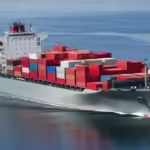

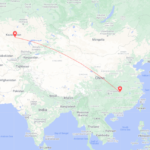


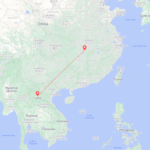

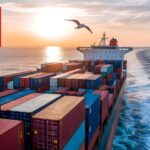
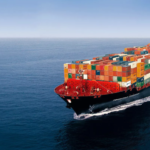
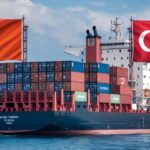
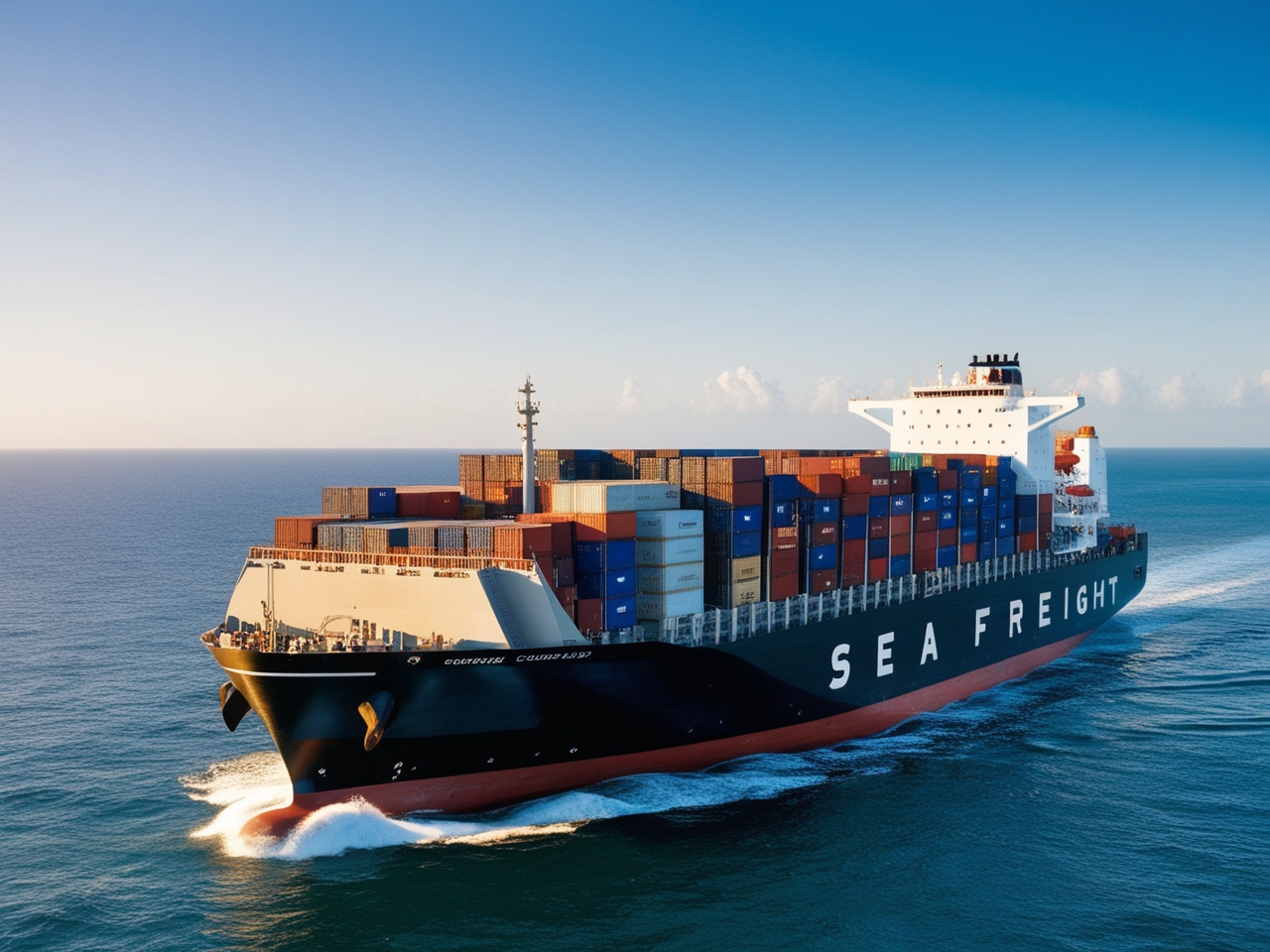
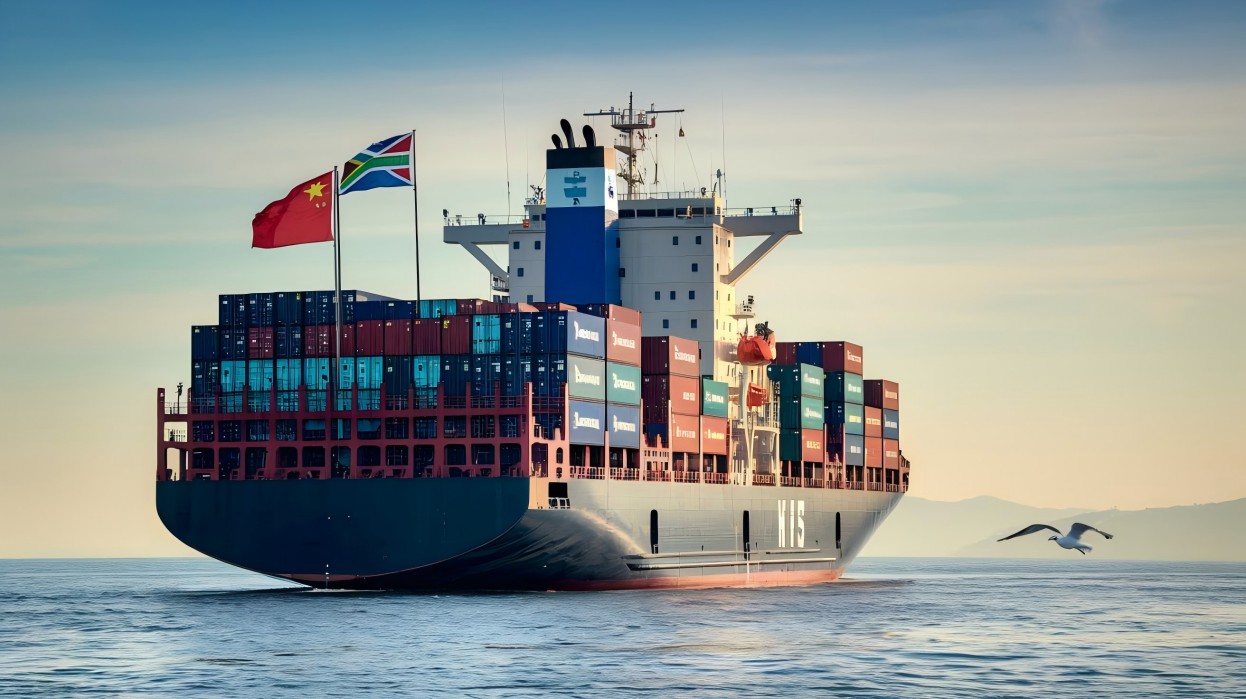
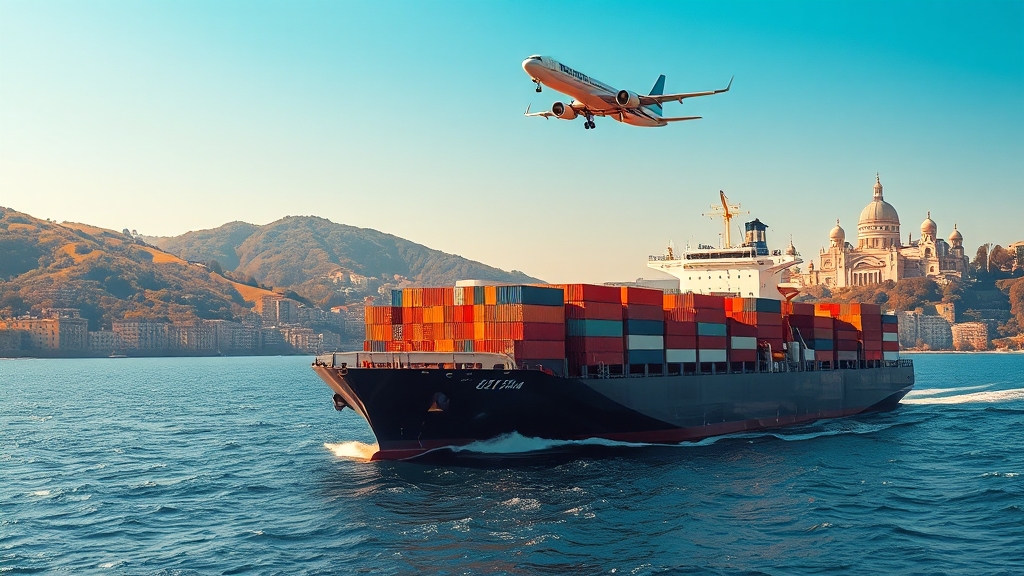
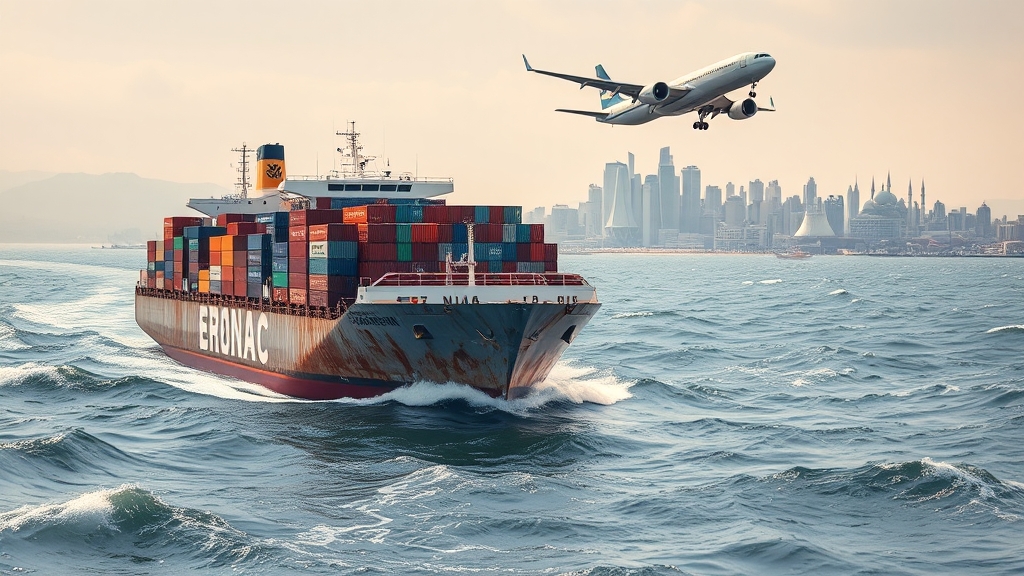
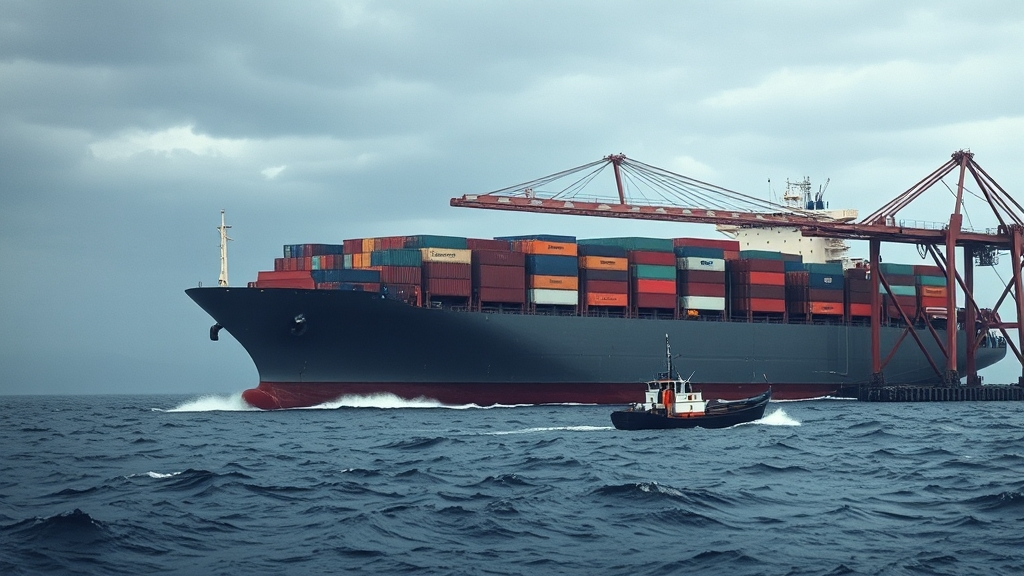





 Afrikaans
Afrikaans Shqip
Shqip አማርኛ
አማርኛ العربية
العربية Հայերեն
Հայերեն Azərbaycan dili
Azərbaycan dili Euskara
Euskara Беларуская мова
Беларуская мова বাংলা
বাংলা Bosanski
Bosanski Български
Български Català
Català Cebuano
Cebuano Chichewa
Chichewa 简体中文
简体中文 繁體中文
繁體中文 Corsu
Corsu Hrvatski
Hrvatski Čeština
Čeština Dansk
Dansk Nederlands
Nederlands English
English Esperanto
Esperanto Eesti
Eesti Filipino
Filipino Suomi
Suomi Français
Français Galego
Galego ქართული
ქართული Deutsch
Deutsch Ελληνικά
Ελληνικά Kreyol ayisyen
Kreyol ayisyen Harshen Hausa
Harshen Hausa Ōlelo Hawaiʻi
Ōlelo Hawaiʻi עִבְרִית
עִבְרִית हिन्दी
हिन्दी Hmong
Hmong Magyar
Magyar Íslenska
Íslenska Igbo
Igbo Bahasa Indonesia
Bahasa Indonesia Gaeilge
Gaeilge Italiano
Italiano 日本語
日本語 Basa Jawa
Basa Jawa ಕನ್ನಡ
ಕನ್ನಡ Қазақ тілі
Қазақ тілі ភាសាខ្មែរ
ភាសាខ្មែរ 한국어
한국어 كوردی
كوردی Кыргызча
Кыргызча ພາສາລາວ
ພາສາລາວ Latin
Latin Latviešu valoda
Latviešu valoda Lietuvių kalba
Lietuvių kalba Lëtzebuergesch
Lëtzebuergesch Македонски јазик
Македонски јазик Malagasy
Malagasy Bahasa Melayu
Bahasa Melayu മലയാളം
മലയാളം Maltese
Maltese Te Reo Māori
Te Reo Māori मराठी
मराठी Монгол
Монгол ဗမာစာ
ဗမာစာ नेपाली
नेपाली Norsk bokmål
Norsk bokmål پښتو
پښتو فارسی
فارسی Polski
Polski Português
Português ਪੰਜਾਬੀ
ਪੰਜਾਬੀ Română
Română Русский
Русский Samoan
Samoan Gàidhlig
Gàidhlig Српски језик
Српски језик Sesotho
Sesotho Shona
Shona سنڌي
سنڌي සිංහල
සිංහල Slovenčina
Slovenčina Slovenščina
Slovenščina Afsoomaali
Afsoomaali Español
Español Basa Sunda
Basa Sunda Kiswahili
Kiswahili Svenska
Svenska Тоҷикӣ
Тоҷикӣ தமிழ்
தமிழ் తెలుగు
తెలుగు ไทย
ไทย Türkçe
Türkçe Українська
Українська اردو
اردو O‘zbekcha
O‘zbekcha Tiếng Việt
Tiếng Việt Cymraeg
Cymraeg יידיש
יידיש Yorùbá
Yorùbá Zulu
Zulu